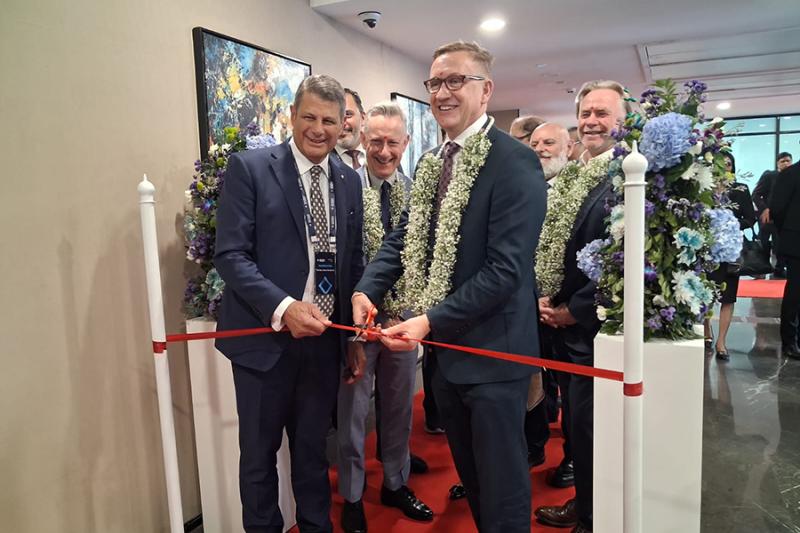A shrine to a nation: the Timorese resistance archive & museum

In 2017 Timor Leste received 74,000 tourists, and there are plans to triple this number in the next decade. But what are tourists to do in East Timor? They can visit markets, snorkel, go hill-walking, and increasingly a vibrant night-life beckons.
However, the most popular tourist activity in Dili is a visit to Cristo Rei, a statue of Jesus Christ facing westerly, out to sea towards Jakarta. The statue was unveiled in 1996 by President Suharto of Indonesia, and it exudes symbolism. The statue of Jesus, the globe on which he stands, and pedestal are 27m high – indicating that East Timor is the 27th province of Indonesia.
The irony is that during 1996 the Timorese were fighting for their own independence from Indonesia, who invaded Timor Leste in 1975. This invasion was followed by over two decades of brutal guerrilla warfare between liberation fighters and the Indonesian armed forces. It is estimated that up to 200,000 East Timorese were either killed, or starved to death.
The Timorese Resistance Archive and Museum, located close to the centre of Dili, chronicles this struggle for independence through a series of large photographic and text panels. These are complemented by tableaux. One of them shows an East Timorese student vaulting over the fence into the grounds of the US Embassy in Jakarta to raise awareness of the cruel treatment meted out by the Indonesian invaders. A second tableau features the tiny 2m by 2.5m bunker from which Konis Santana led the Falantil militia for five years until his death in 1998.
The beautifully housed and presented Resistance Museum is a ‘must see’ for tourists, but for the East Timorese it has a far greater significance. Although the two official languages in East Timor are Tetum and Portuguese, there is over a score of other languages spoken throughout the country. There are over a half dozen ethnic groupings. It is the shared suffering and the common goal of independence portrayed in the Resistance Museum that binds these disparate groups into a united nation.
East Timor’s population is expected to double in 30 years, and 40% of its people are less than 15 years old. The Resistance Museum and Archive has a key role to play in keeping the memory of the struggle for independence fresh amongst the generations to come.
If you are fortunate enough to visit the Resistance Museum in Dili, remember it is more than an educational institution or a tourist site - it is a shrine to a nation.
About the author
Dr Graham Thorpe is an Honorary Professor in VU’s College of Engineering and Science.
About the article
This article is from the March 2020 edition of Voz Timor (Voice Timor), a VU-led publication that aims to draw attention to the ways in which Timor-Leste is making, and can continue to make, progress on the United Nations' Sustainable Development Goals.
Contact us
Associate Professor Jeannie Rea
Chair of the Graduate Certificate in Planetary Health
[email protected]


